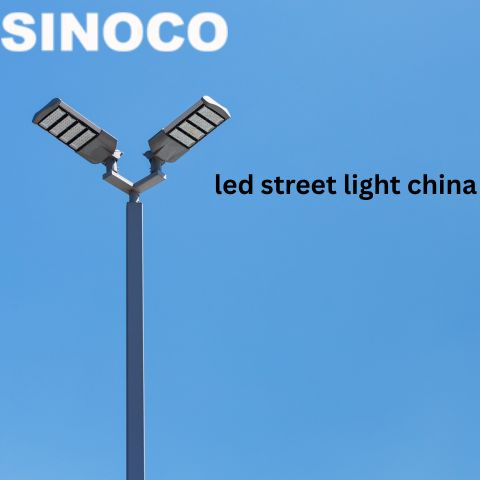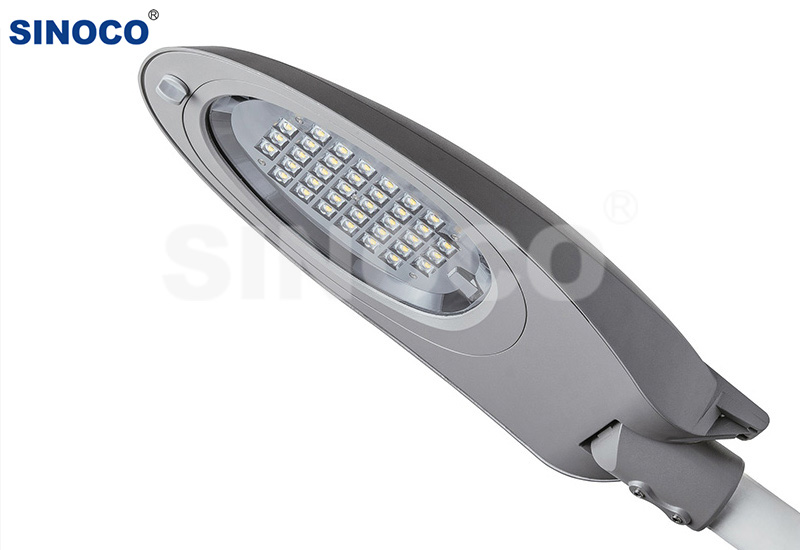
As cities continue to grow and evolve, so does the demand for smarter, more reliable, and cost-effective infrastructure. One of the most noticeable transformations in modern urban development has been in public lighting. Traditional street lighting—such as sodium vapor or fluorescent lamps—has long been the standard, but times are changing. Today, the led street light has emerged as the clear choice for municipalities, businesses, and organizations that prioritize efficiency, sustainability, and safety.

The Rising Demand for Smarter Lighting
Urban populations are increasing at a rapid pace, putting more pressure on governments and organizations to provide reliable infrastructure without overspending. Lighting accounts for a significant portion of energy costs in cities, and outdated fixtures often drain resources. This has made the shift to LED street lights more than just a trend—it’s a necessity for long-term growth and financial responsibility.
Energy Efficiency That Makes a Difference
One of the main reasons cities are making the switch is the dramatic energy savings. Unlike traditional street lamps, which waste much of their energy as heat, LED technology is designed for maximum efficiency. LEDs convert most of the energy they consume directly into light. The result? Lower electricity bills and less strain on the power grid. For large cities with thousands of street lights, this translates into millions of dollars in savings each year.
Lifespan and Reduced Maintenance Costs
LED street lights are also well-known for their durability and long service life. While traditional lamps may need replacement after a few thousand hours, LEDs can last between 50,000 and 100,000 hours. That’s years of reliable service without constant replacements. For municipalities, this means fewer labor costs, less disruption to public spaces, and better use of taxpayer money. Businesses and private property managers also benefit from the reduced need for frequent maintenance.
Safety and Better Visibility
Lighting is about more than just saving money—it’s about protecting people. LED street lights provide clear, bright illumination that mimics natural daylight. This improves visibility for pedestrians and drivers, reducing the risk of accidents. Well-lit streets are also proven to deter crime, making neighborhoods safer and more welcoming. From highways to residential areas, LED lighting has become a cornerstone of public safety strategies.
Eco-Friendly and Sustainable Choice
Environmental sustainability is another major factor driving the adoption of LED technology. Traditional street lamps often contain harmful substances like mercury and require more energy, which leads to higher carbon emissions. In contrast, LED street lights are designed with eco-friendliness in mind. They consume far less power, produce lower emissions, and are easier to recycle. For cities with green energy goals, adopting LED lighting is a simple yet powerful step forward.
Customization and Smart Integration
Modern led street light systems aren’t just efficient—they’re intelligent. Many can be integrated with smart city technologies, offering features such as dimming options, motion detection, and remote monitoring. For example, lights can automatically brighten when motion is detected and dim when streets are empty, saving even more energy. These capabilities give city planners more control while reducing unnecessary waste.
Long-Term Investment with Short Payback
While some decision-makers hesitate because of the initial installation costs, the truth is that LED street lights quickly pay for themselves. Between reduced energy bills, lower maintenance needs, and extended lifespan, the return on investment is undeniable. Many cities and organizations see a payback period within just a few years, after which the savings continue to accumulate.
Global Adoption Is on the Rise
It’s not just a local phenomenon—countries around the world are switching to LED street lights. From Europe to Asia to the Americas, governments are phasing out old systems in favor of LED technology. This widespread adoption proves that LEDs are no longer just the “new” option—they are the global standard for urban lighting.
Final Thoughts
The advantages of LED street lights extend far beyond the obvious financial savings. They stand as symbols of progress, safety, and sustainability, making them an essential upgrade for modern communities. Unlike outdated lighting systems, LEDs offer brighter illumination that reduces crime, improves visibility, and cuts down on accidents. This creates safer streets for both drivers and pedestrians while giving neighborhoods a more welcoming atmosphere.
From an environmental perspective, LED lights are a green solution. They consume less energy, lower carbon emissions, and are free from harmful substances, contributing to cleaner air and a healthier planet. Cities benefit by aligning with global sustainability goals, while businesses and organizations enjoy greater efficiency, reduced operating costs, and smarter management of resources.
Ultimately, choosing LED street lights is not just about meeting today’s needs—it’s about planning for the future. It’s an investment in safer roads, sustainable growth, and brighter, more vibrant communities for generations to come.




